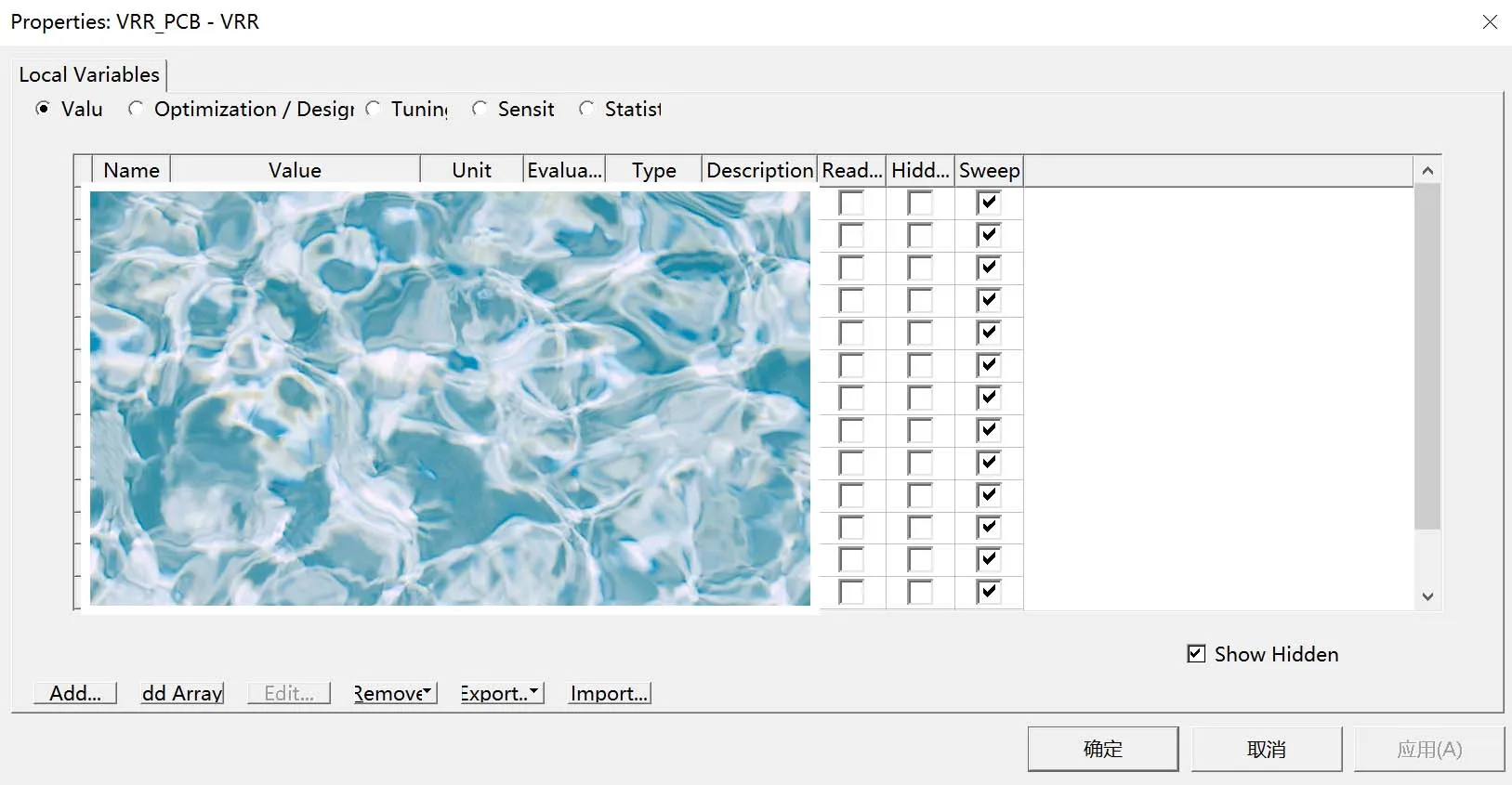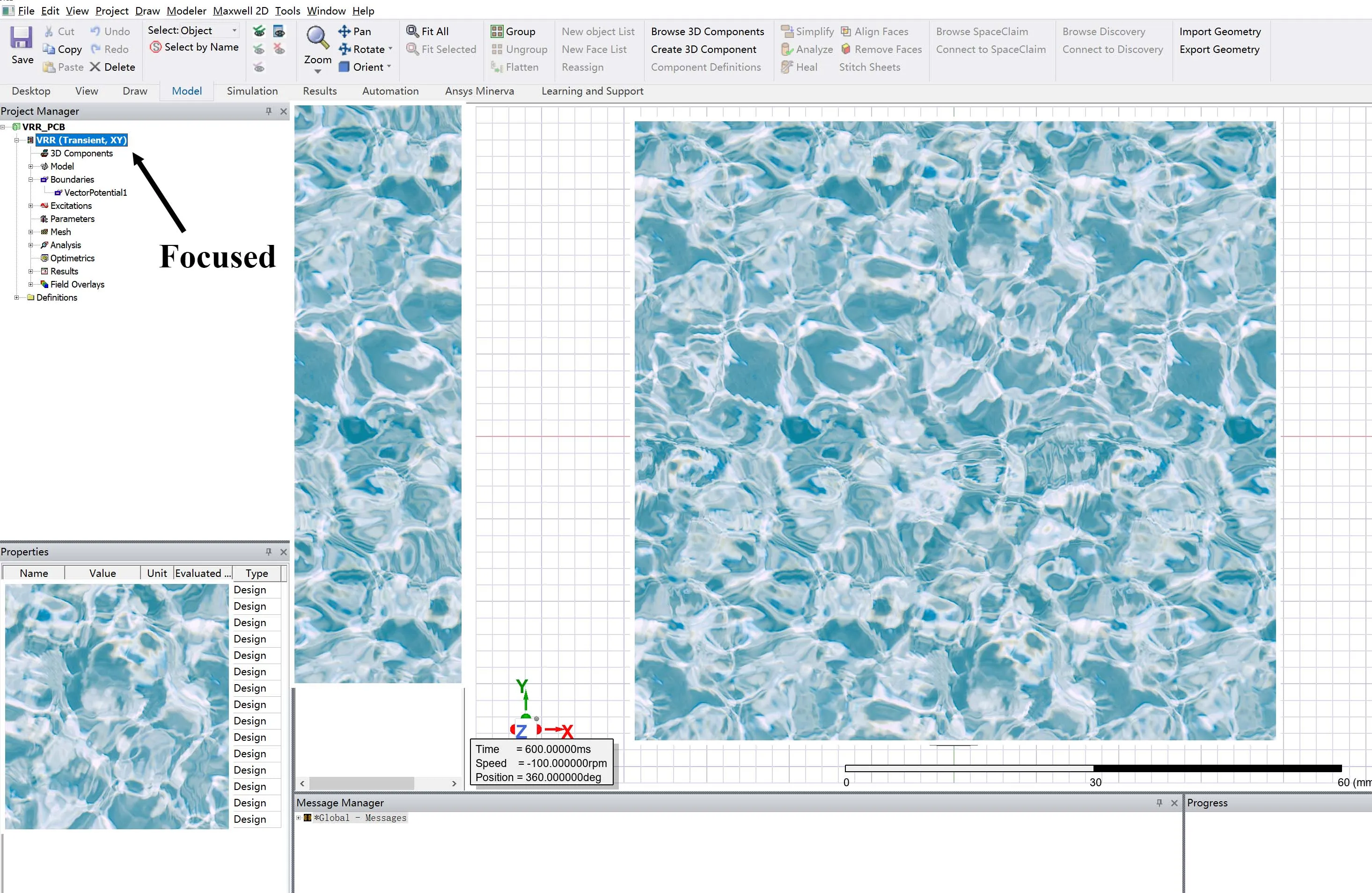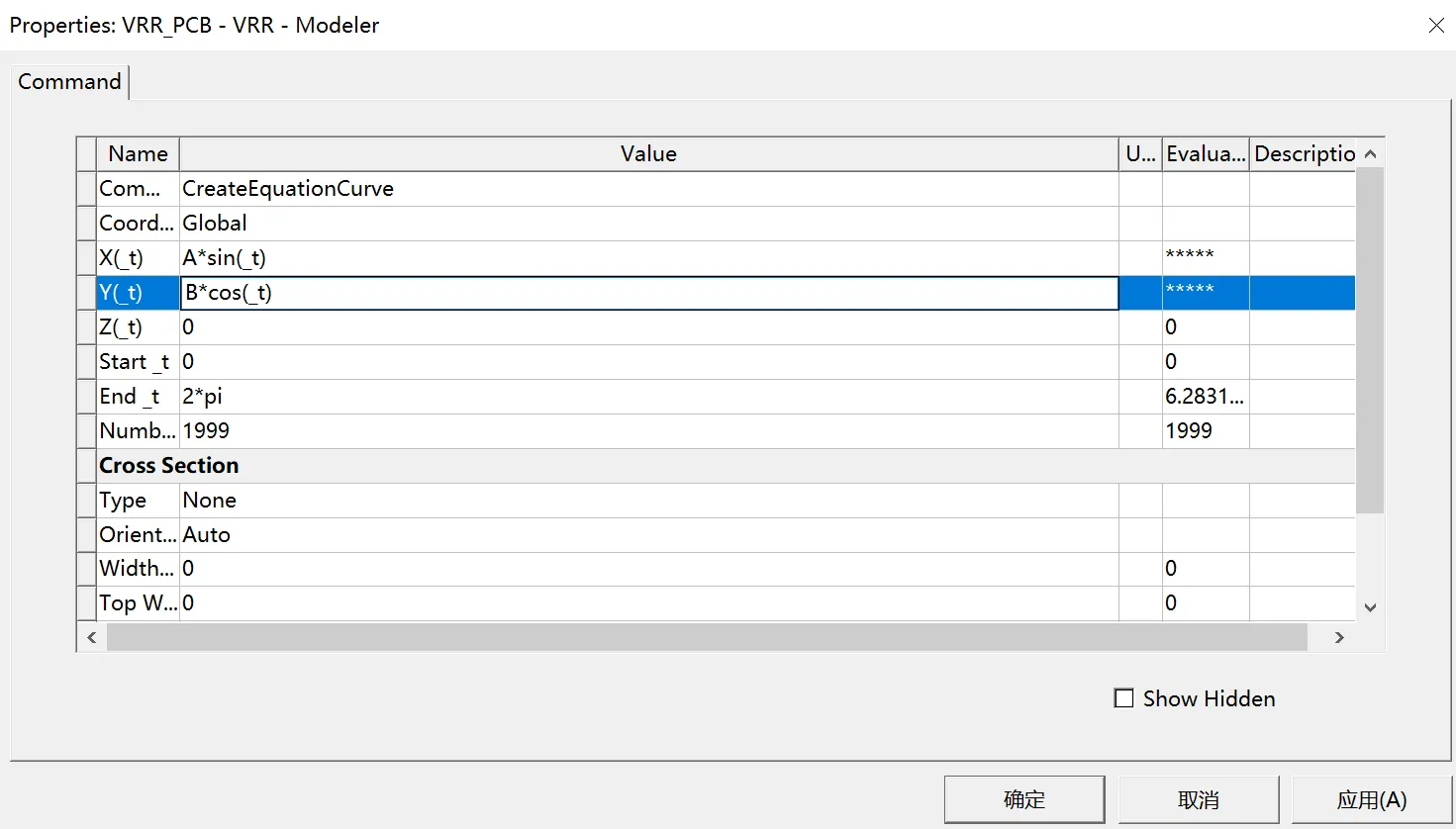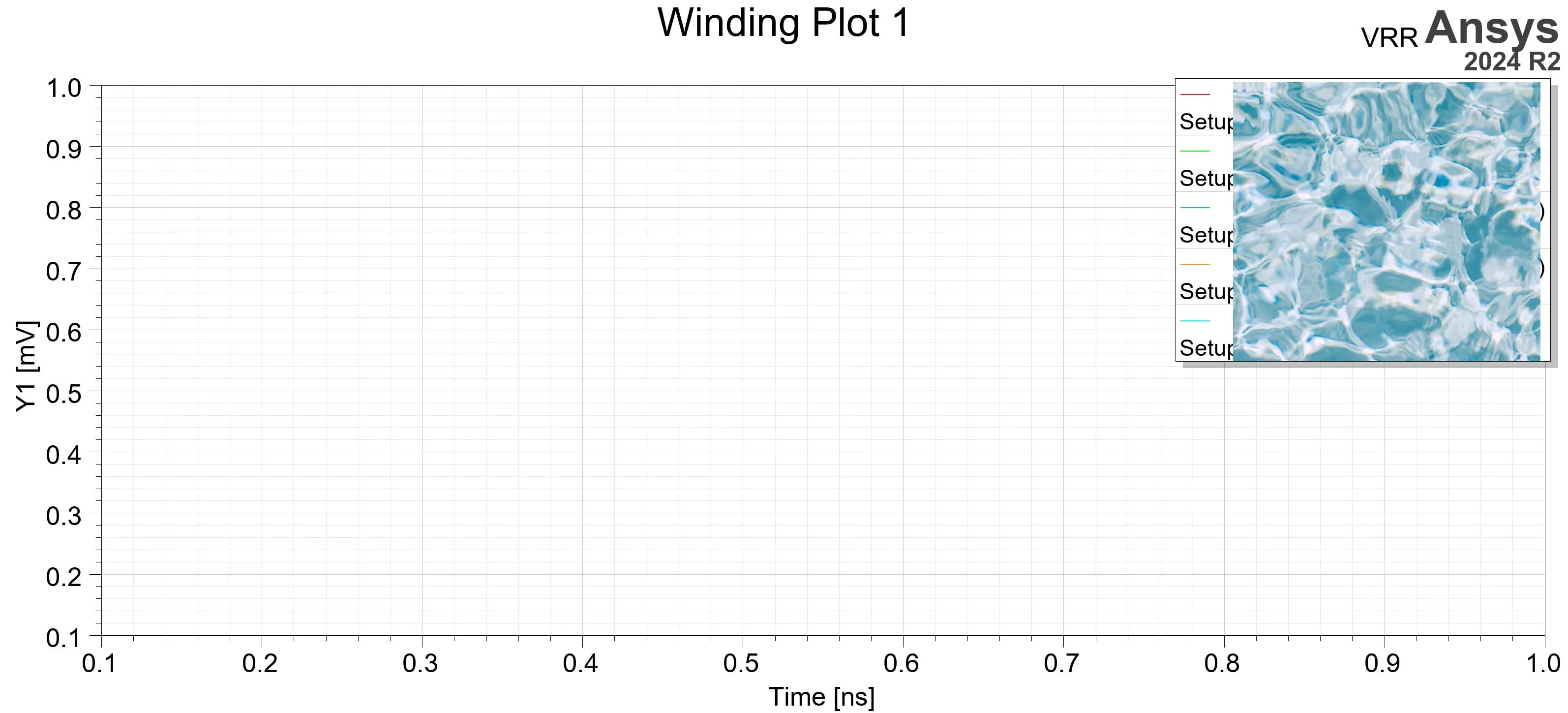The electromagnetical simulation toolset of Ansys provides a handy interface for parametric modeling. Of cause such feature is guaranteed in most modern softwares, but trust me Ansys has done a fairly good job as compared to what Dassault has done in their Solidworks, or Altium in AD. Even better, Ansys is now building an API on Python (which is undoubtedly a wise choice, especially when someone is still stuck with the stupid Delphi), enabling automatic batch-simulations.
The idea is simple: build a parametric model, let a python script manage the parameter set according to given simulation plan, leave the whole system run automatically, and get your data afterward. You may have your CPU run at 99% overnight and go back to sleep.
Parametric Modeling
Managing Variables
To manage design-level variables, right-click the design entity in the Project Manager window, then select Designer Properties....

Once a variable is created in the manager, it is editable in the Properties window in the bottom-left corner of the workspace, whenever the designer entity is focused.

IMPORTANTMake sure the variables are on design-level, instead of project-level. The latter is managed via
Project->Project Variables.... It is theoretically possible that project-level variables can also be accessed by Python scripts, but it seems to be quite complex.
Applying Variables to Design
To refer to a design variable, use its name directly. Notice if you (insist to) use project-level variables, then they should be referred with their names and a ’$’ in front. E.g., this screenshot shows how to create a equation-driven curve with design variables A and B 👇

Configuring Setup and Plot
I guess you can configure the analysis setup and result plot in PyAEDT, but it is just unnecessary when you can do that with GUI.
- Configure a setup like you normally do. Notice the time step and stop time can be controlled by design variables as well. Remember the name of setup (by default it should be “Setup1”).
- Put the simulation data you want to export into a rectangular plot, remember the name of the plot.
If you just began with an empty design, then the plot would be empty like this, it’s fine:

NOTEYes it’s possible to export data to multiple plots, and I think it is possible to export field report or others. But currently I have only validated PyAEDT with a single transient rectangular plot as the output.
The parametric model is ready now. We can move on the the Python API system and figure out how to use Python script to overtake those variables and do the simulation.
PyAEDT Library
To install PyAEDT (perhaps a conda env should be recommended):
conda install pyaedtRefer to the official online documents or visit the github repository for more info.
AutoSim
It is explained below how to manipulate the parametric model with PyAEDT. First, launch Ansys Electronics Desktop in non-graphical mode, open the Ansys project file (*.aedt) and assign the design to simulate.
from pyaedt import Maxwell2d
from pyaedt import Desktop
Desktop(specified_version="2024.2", non_graphical=True, new_desktop_session=False)
maxwell = Maxwell2d(projectname=projectPath, designname=designName)IMPORTANTHere the
projectnameofMaxwell2d()should be the absolute path of the .aedt file, whiledesignnameis just a string of name of the design.
Then read the simulation plan and store each set of parameters in a dictionary.
with open(planPath, mode='r', newline='', encoding='utf-8-sig') as file:
reader = csv.DictReader(file)
simPlan = [dict(row) for row in reader]
# An example of simulation plan (*.csv):
# K,wr,Rin,lmin,Next,Nind,SE,phis,DE,phid2,phid1,rpm,Tstep,Tsim
# 1.5,2,20mm,1mm,20,20,0.02mm,0deg,0.02mm,0deg,0deg,100rpm,50us,0.6s
# 1.5,2,20mm,1mm,20,20,0.02mm,0deg,0.02mm,0deg,0deg,-100rpm,50us,0.6sThen let the simulations begin. For each round of simulation:
- Set the design variables according to the plan, the variables can be accessed by using
maxwellobject like a dictionary, with the variable names as keys. - Call
analyze_setup()to initiate certain analyze setup. If there is an HPC license, the simulation can be set to ran in parallel mode. - Call
post.export_report_to_csv()to export the data of certain plot. The csv file is named as the plot by default, it should then be renamed immediately to avoid overwrite. - Save the project by
save_project().
simIndex = 0
for simSet in simPlan:
simIndex = simIndex + 1
for variableName in simSet:
maxwell[variableName] = simSet[variableName]
maxwell.analyze_setup(name=setupName, cores=12, tasks=12)
fileName = str(simIndex) + '.csv'
maxwell.post.export_report_to_csv(project_dir=outputDir, plot_name=plotName)
os.rename(f'{outputDir}\{plotName}.csv', f'{outputDir}\{fileName}')
maxwell.save_project()
time.sleep(sleepSlot)The release version of the script can be found at:

